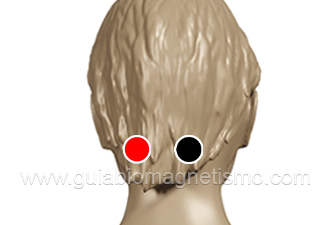Marburgvirus
Pairs:
cerebellum - cerebellum*
lumbar 1 - douglas bag
parietal (R) - thymus
lung (R) - kidney (L)

* Also responds to occipital = Test both pairs in positive pole towards the patient's head.
Verification of pairs by other biomagnetists is required.
Generalities:
The Marburgvirus has a high mortality rate and is easily transmitted.
The virus was identified in the 1960s in the German city of Marburg. To date, outbreaks have occurred exclusively in African countries, the most recent in Rwanda, which is why the World Health Organization is paying close attention to these infections.
El virus se ha tratado al menos en 3 pacientes con biomagnetismo*, que mencionaron diagnóstico de Dengue, presentando fuerte dolor de cabeza, hipoactividad, depresión, cansancio y molestia en todo el cuerpo. En etapa avanzada puede aparecer la fiebre hemorrágica, con sangrados internos y externos. En etapas críticas se puede requerir de cuidados intensivos: transfusiones de sangre, antibióticos, líquidos intravenosos, monitoreo de oxígeno y presión arterial...
Trasmission:
The virus originally comes from a species of monkey; it is transmitted by direct contact with bodily fluids: blood, urine, saliva, feces, vomit, semen, mucus and sweat. It could be transmitted through sexual contact, even months after having suffered the disease, since it is lodged in the sexual organs. However, transmission through the air has not been proven.
It can also be transmitted through contaminated objects such as clothing, syringes, bed linen, etc. Therefore, it is advisable to take extreme hygiene measures: wash your hands, throw away contaminated objects, do not eat the meat of wild animals, as well as avoid contact with these species.
* With information from T. Raúl Romo and Roberto Castro L. Verification of the pairs by other biomagnetists is required.

